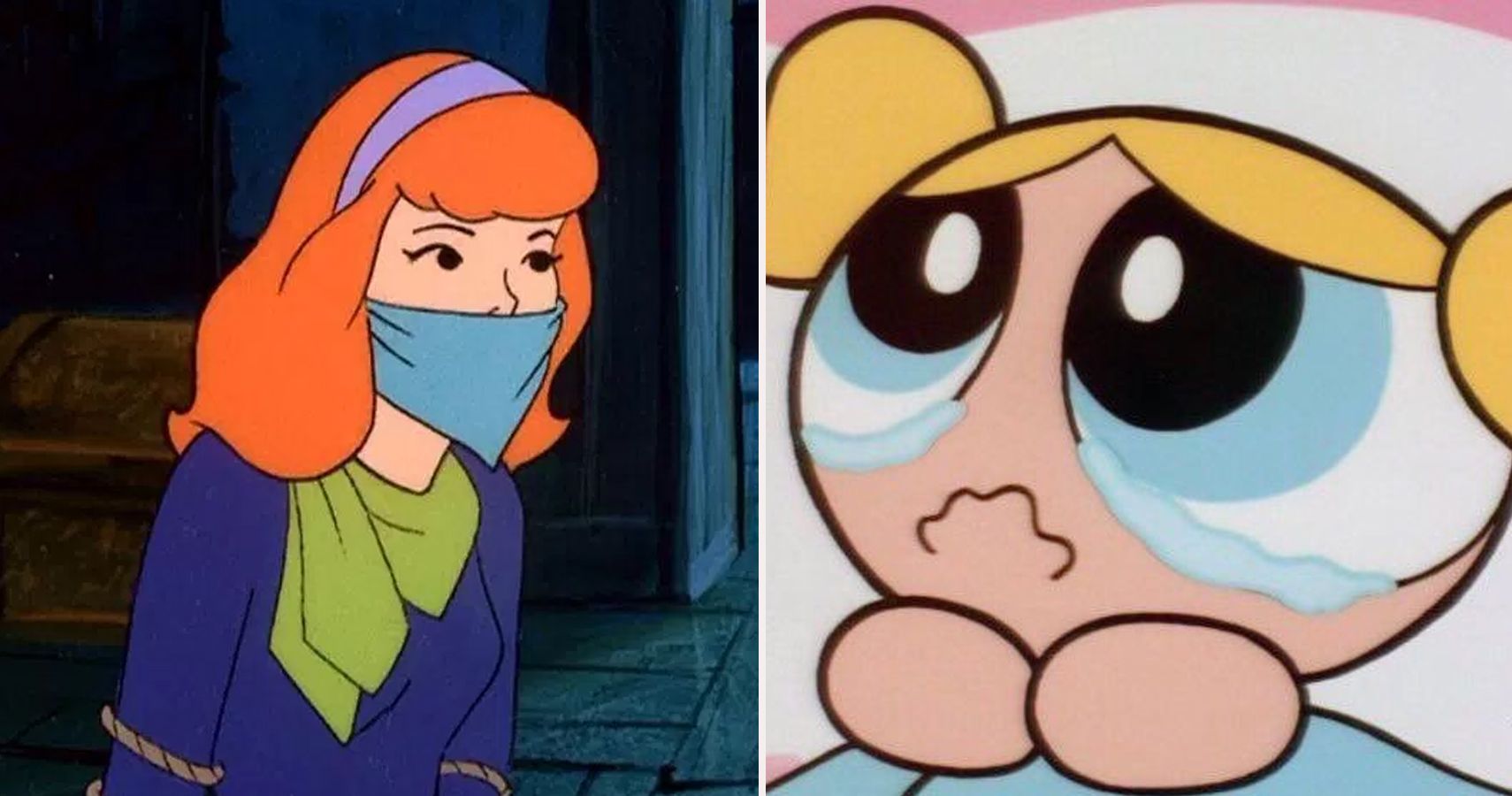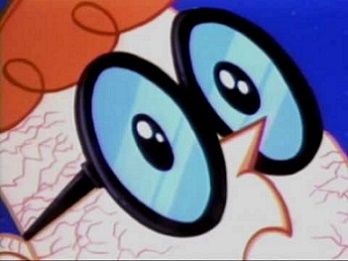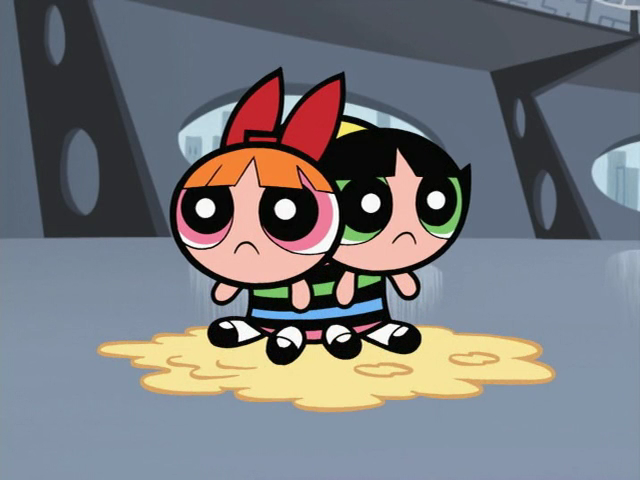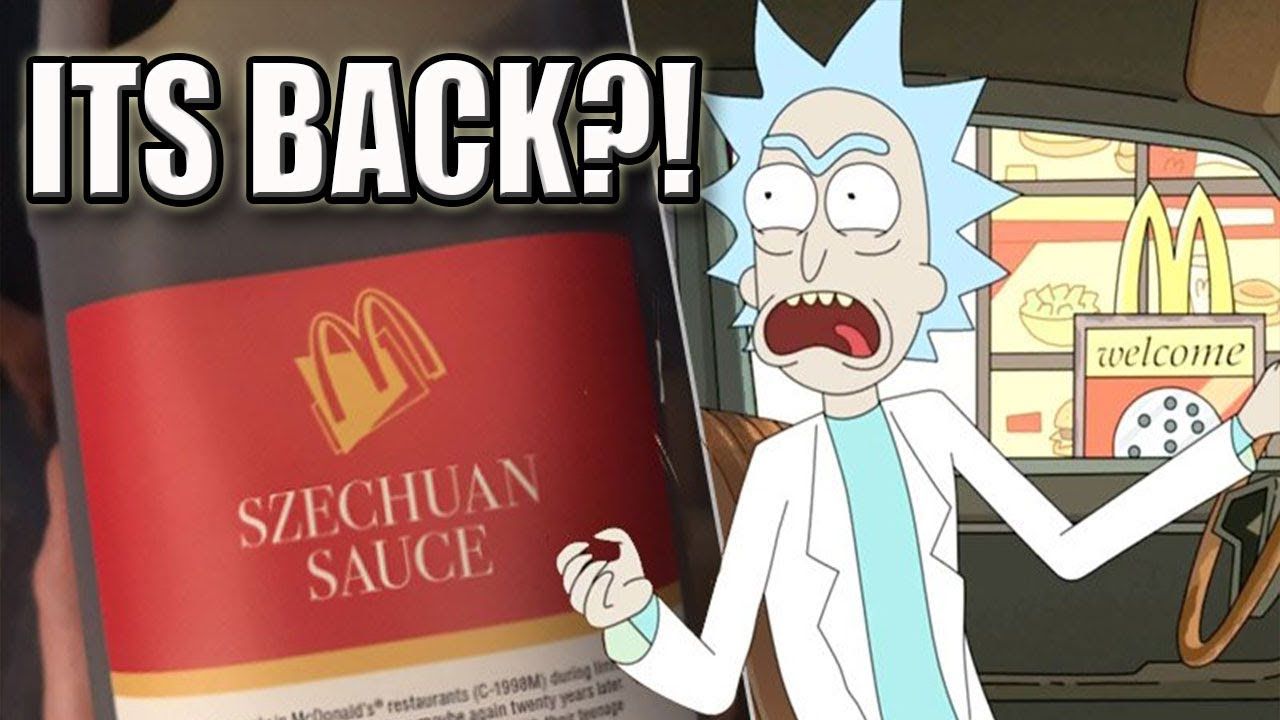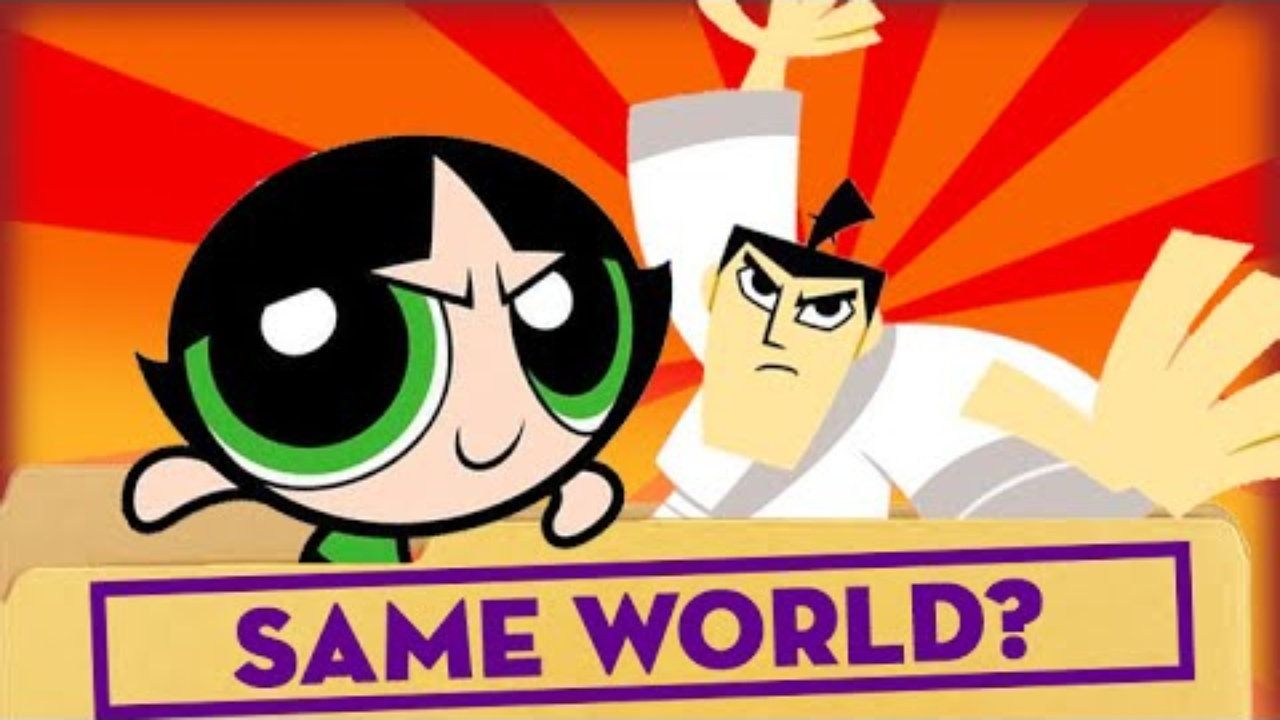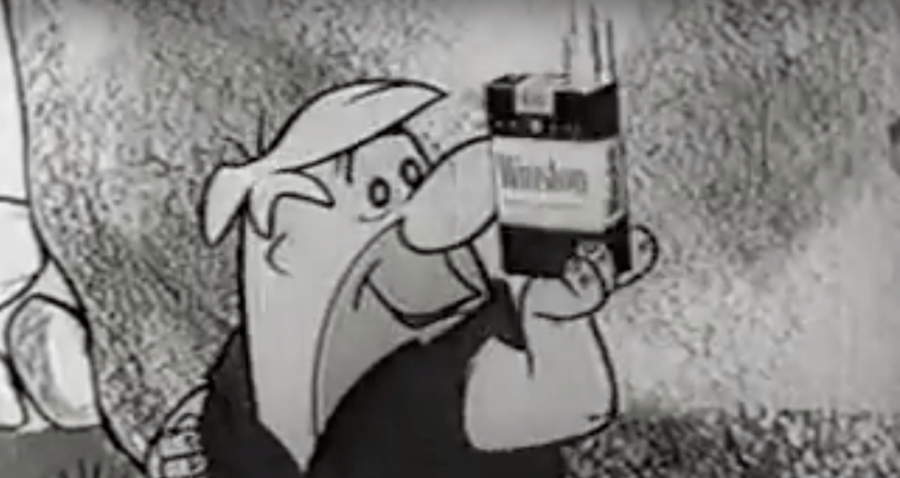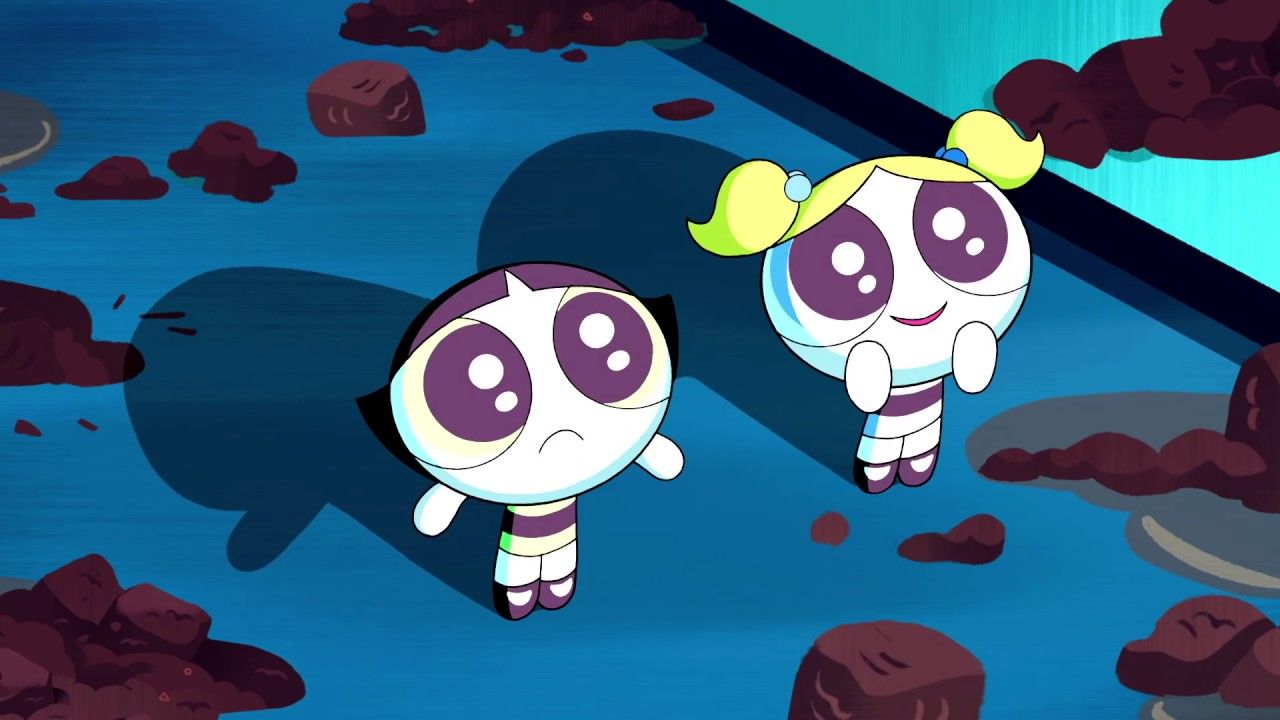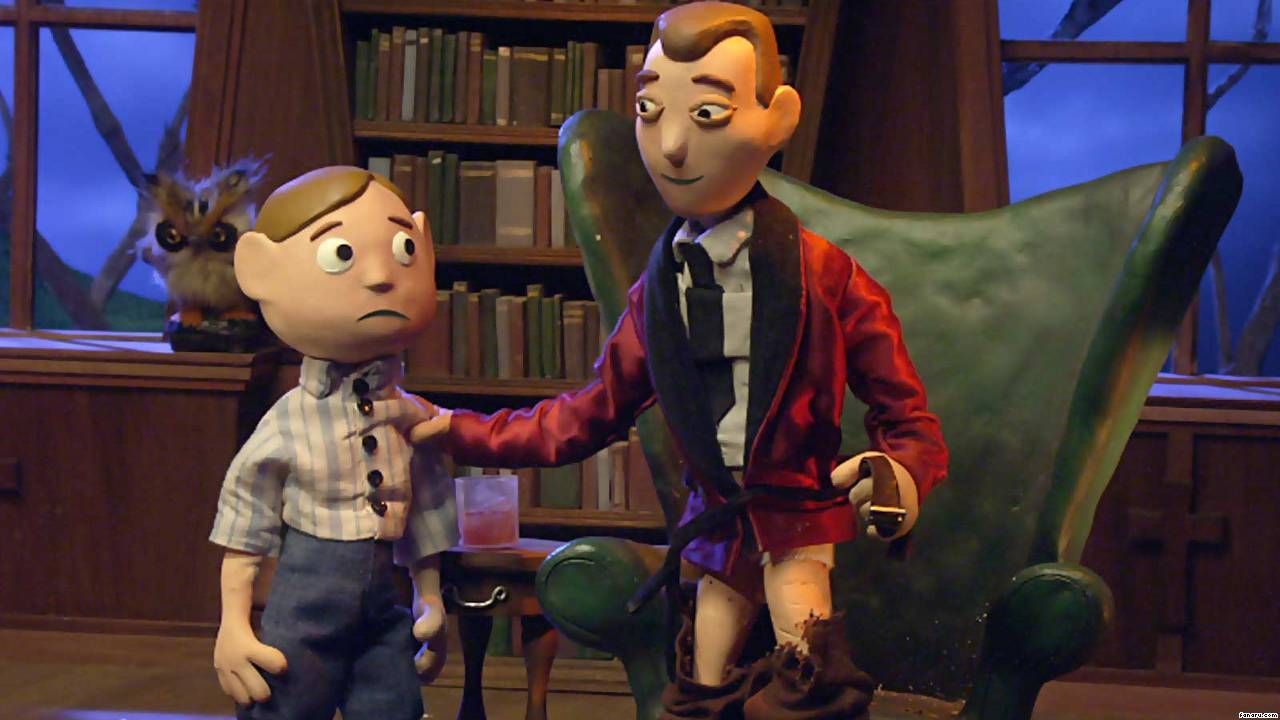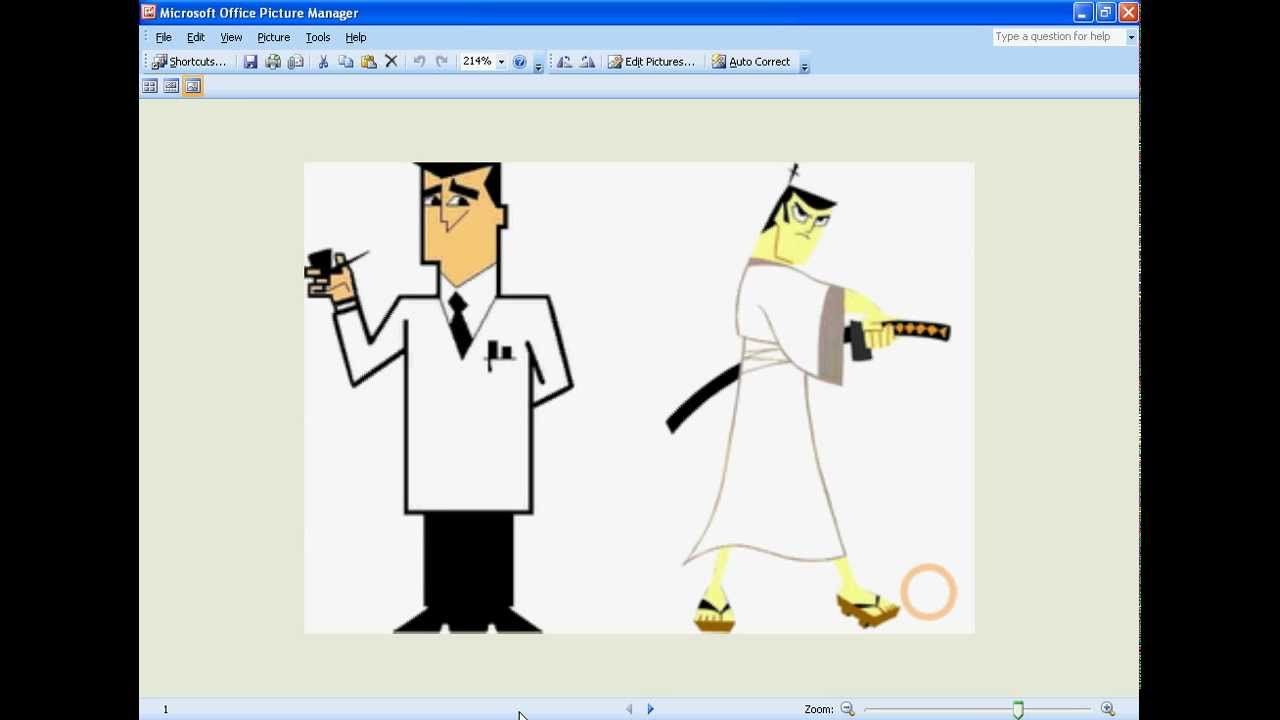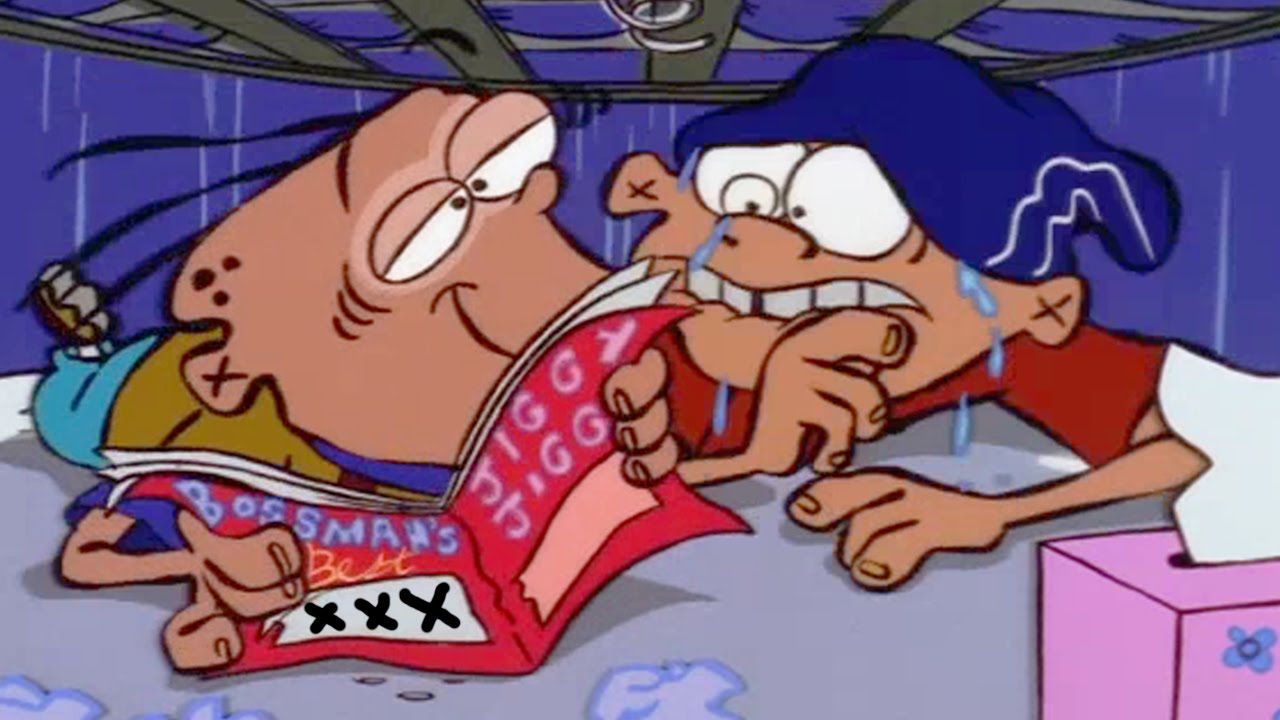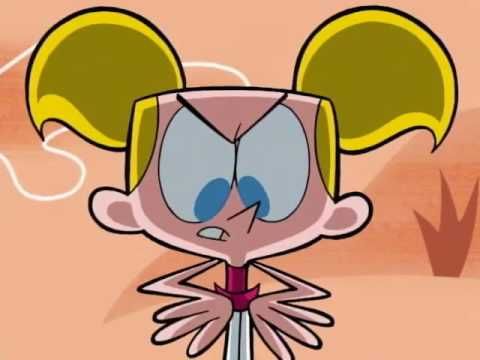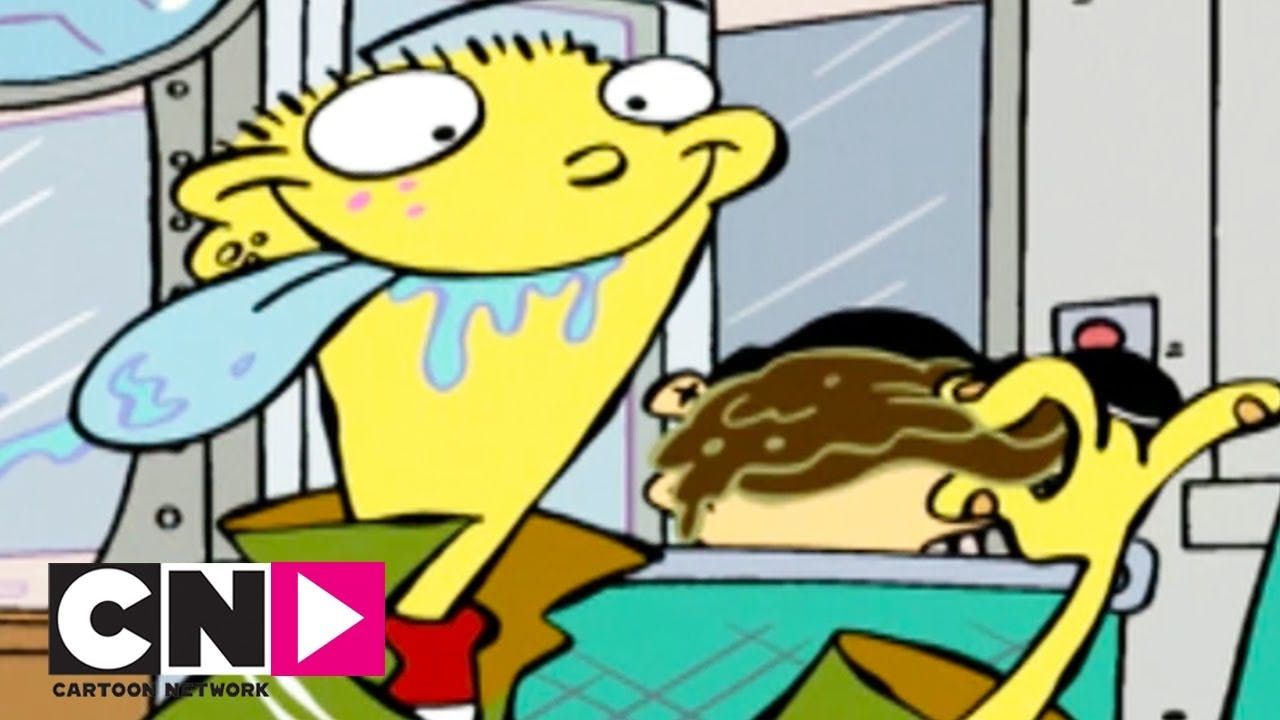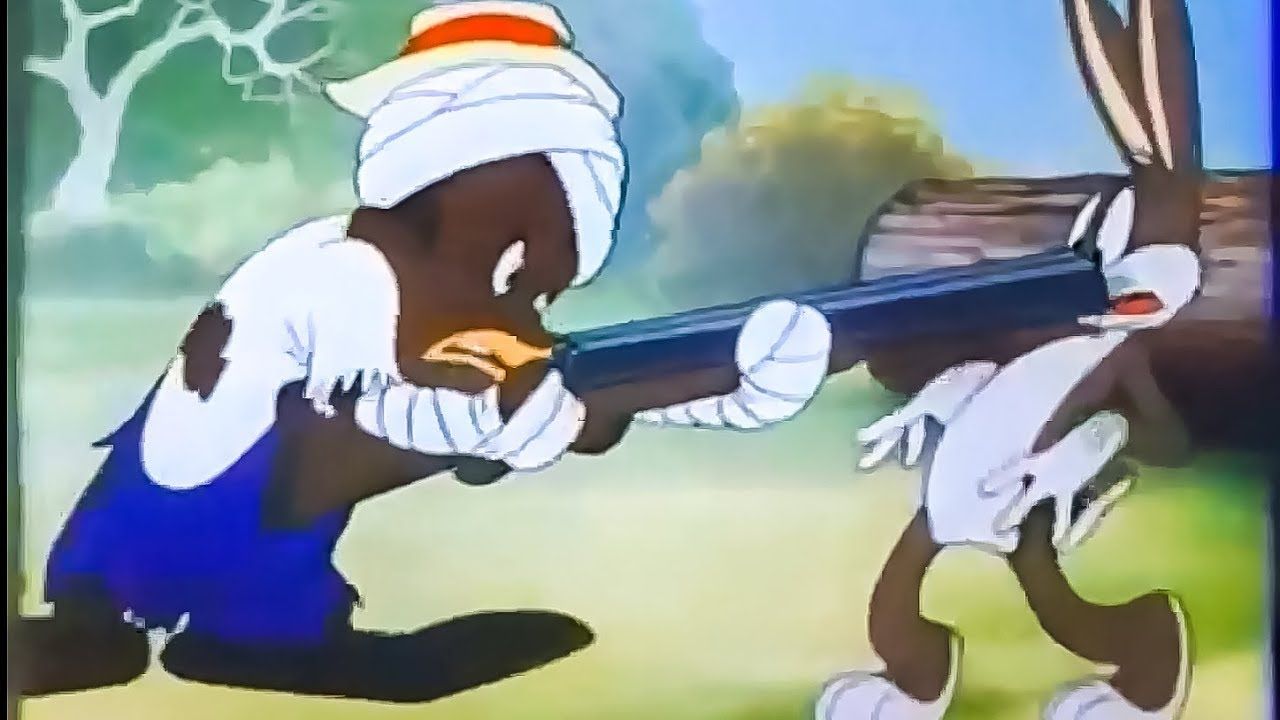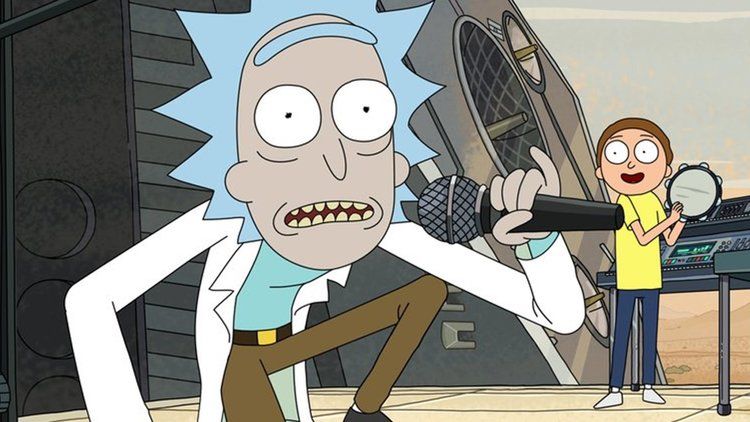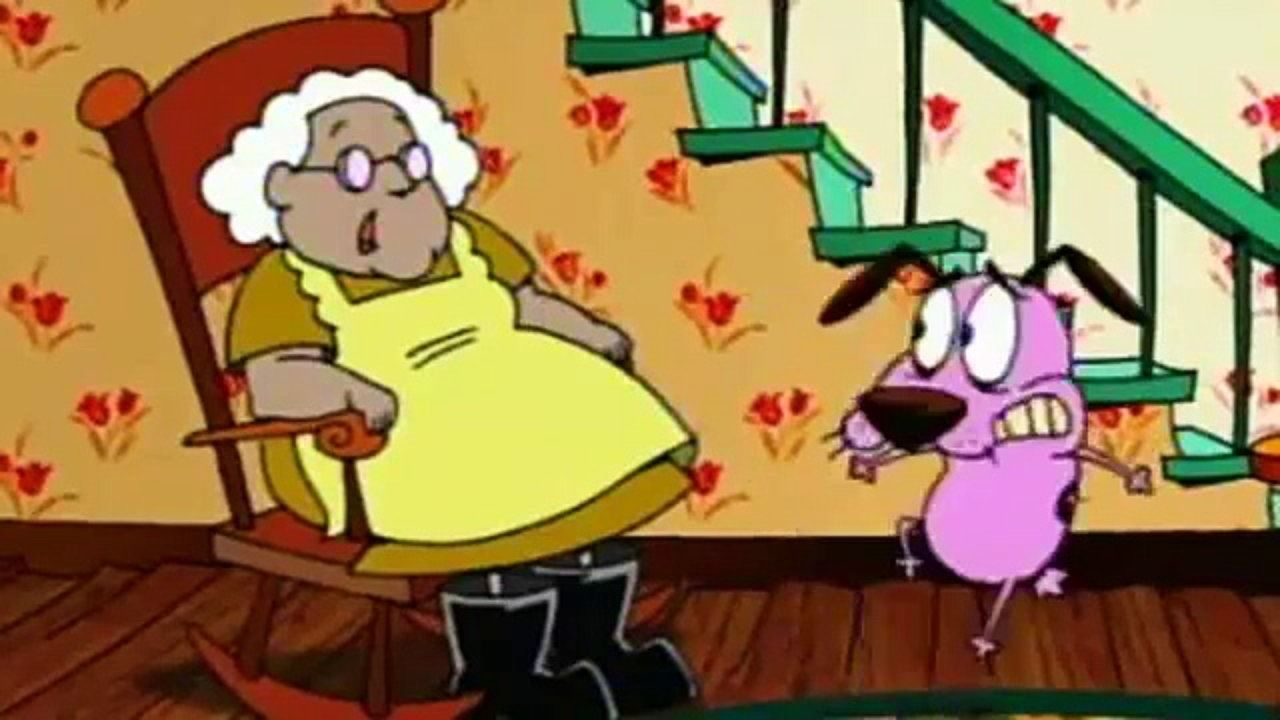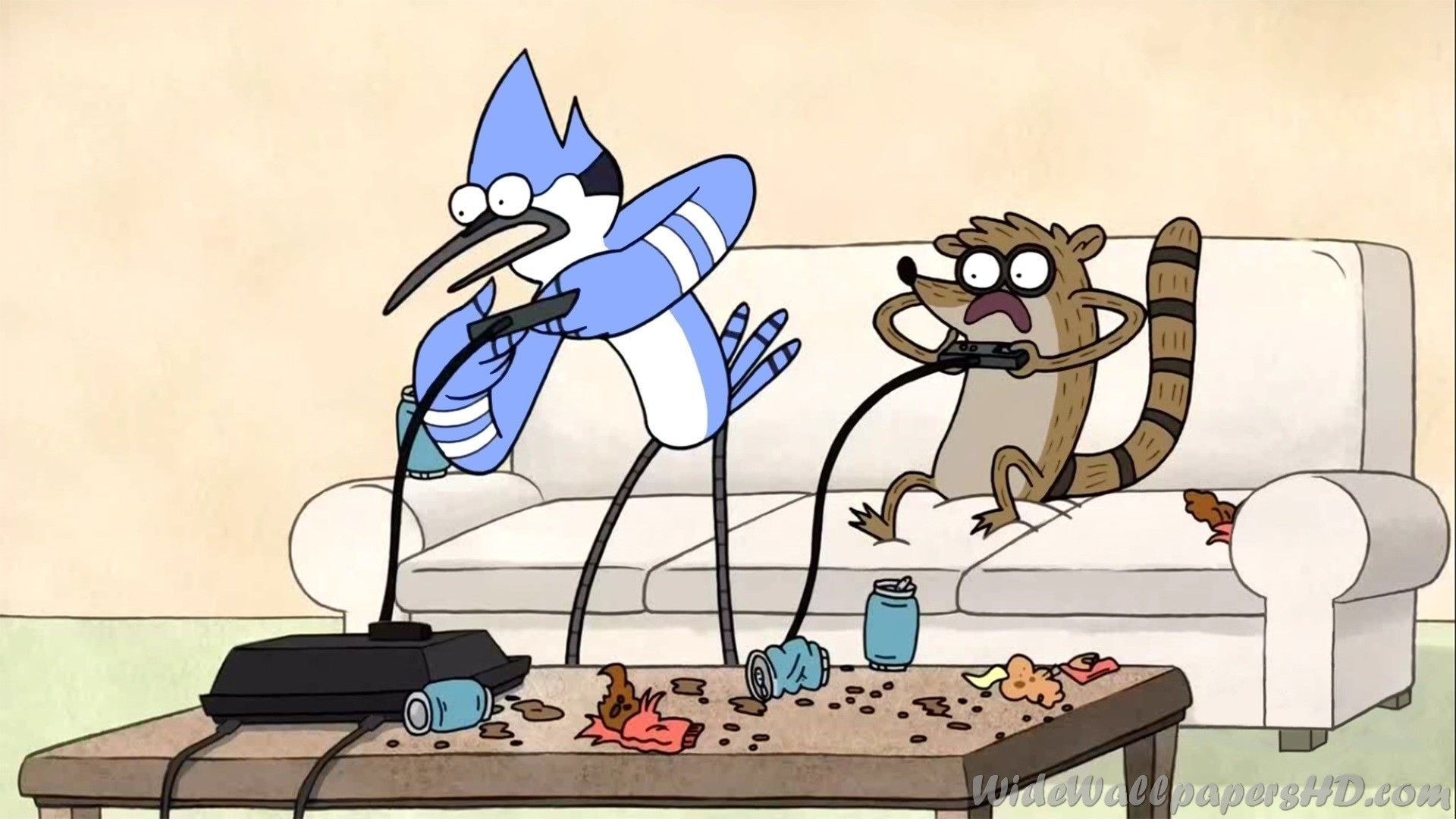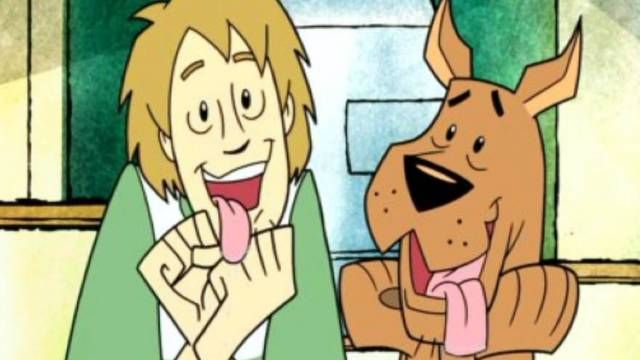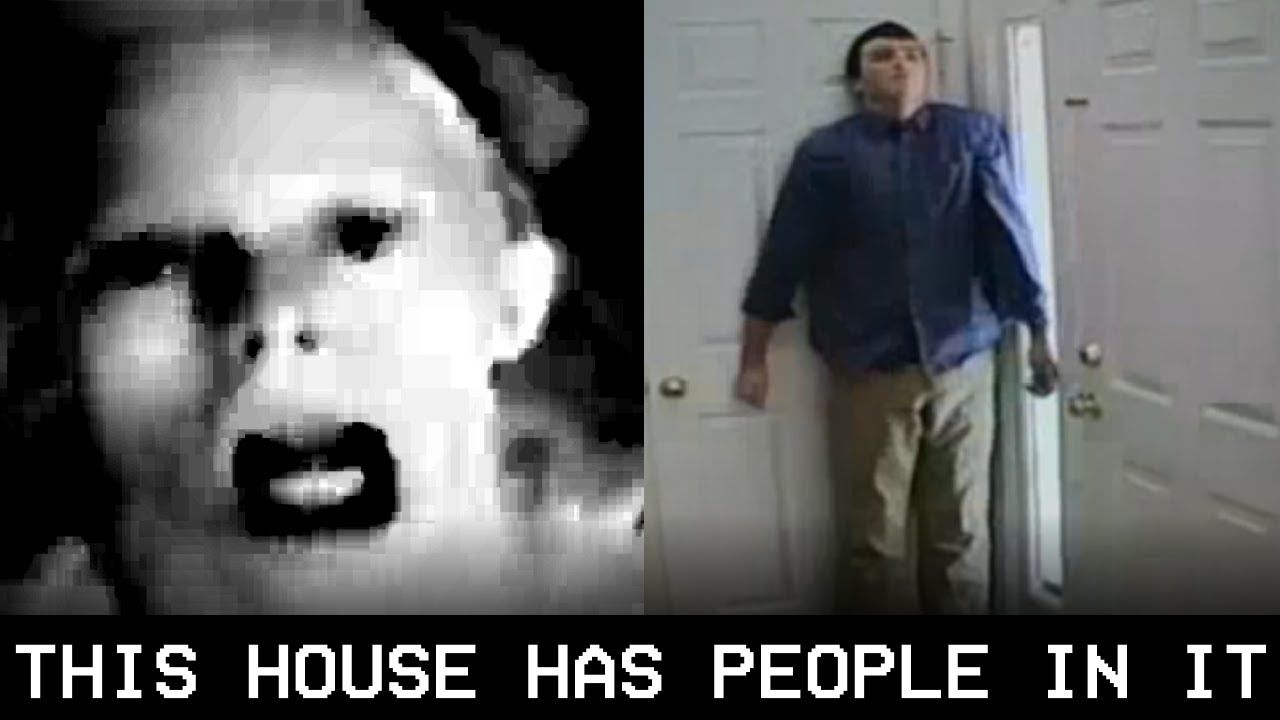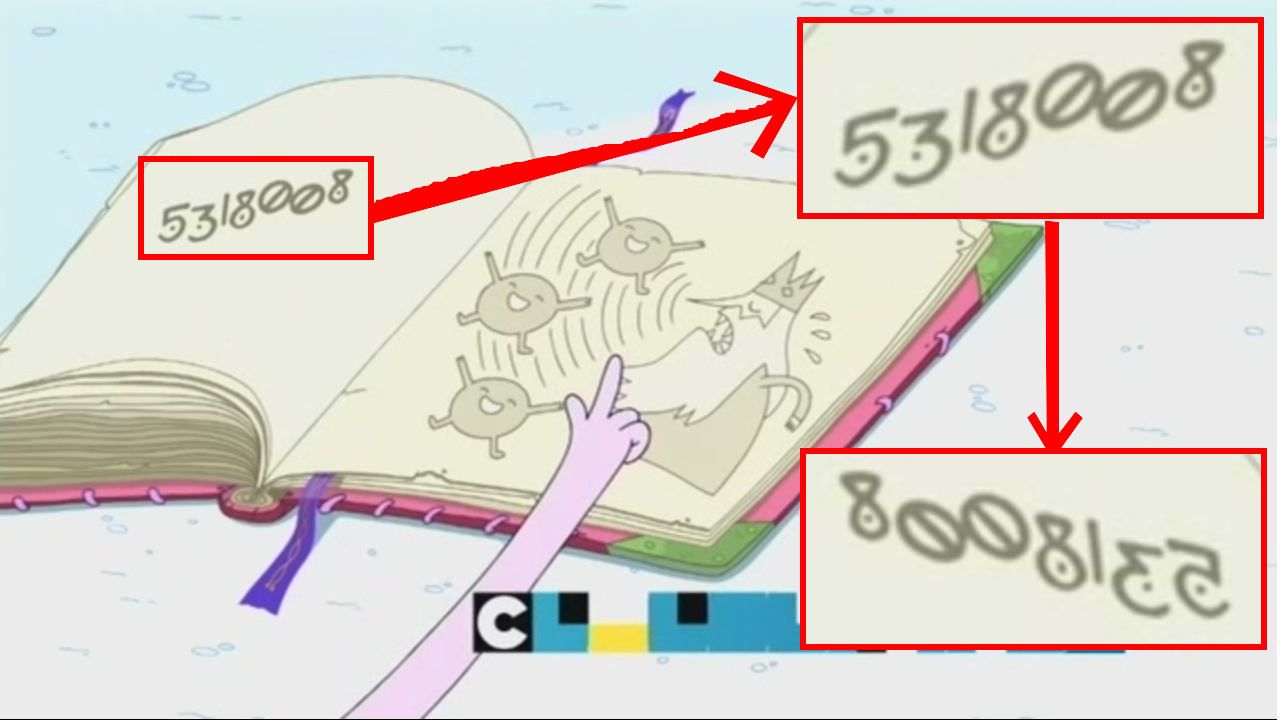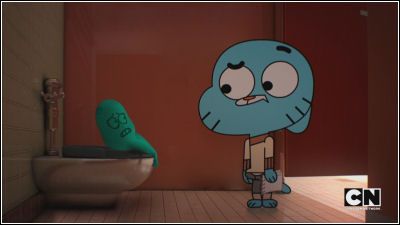The Cartoon Network has been one of the most influential forces in North American pop culture, without fail, since the middle of the 1990s. It started with artfully-made children's shows like Dexter's Laboratory and The Powerpuff Girls, and has since added the cutting edge, hugely influential "Adult Swim" late night programming block.
These brought us more mature fare, ranging from Robot Chicken or Aqua Teen Hunger Force all the way to stranger, live-action fare like Tim And Eric Awesome Show, Great Job! The network has been at the cutting edge of family-friendly cartoon entertainment in general for the past quarter of a century, and we are all thankful for the mark it has left on our lives; which are richer for of it. The shows paved the way for some of the greatest animated movies and TV shows airing today.
Many of us are probably dedicated, even rabid fans of one or more series that first aired on the network -- we are megafans who think we know absolutely everything about a favourite show. But of course, there are always a few things that are completely hidden, even to the most dedicated follower... some of which will change the way you think about a show, maybe not always in a way that you wanted.
Here are a few examples.
25 Straitjackets
Dexter's Laboratory was one of the first original programs to premiere on the cartoon network, way back in 1995, and was an instant classic. The show follows the twelve year-old scientific boy genius Dexter, as he seeks to protect his secret lab from the eyes of his nosy, somewhat less smart sister Dee-Dee. Dexter may be very smart, but he is certainly an odd child, and takes his role as a scientist more than seriously.
Dexter even affects a vaguely European accent because, apparently, scientists are supposed to have them.
Not to mention how weird it is for a twelve year-old to have a functioning science lab in the first place--forget it being a secret one. This has led to some suggesting that the young scientist is actually autistic, and that some or all of his scientific world only exists in his head.
24 A Powerpuff Woman?
The Powerpuff Girls is another classic from Cartoon Network’s earlier days. It stars Blossom, Bubbles and Buttercup--three young girls created in the lab by a certain Professor Utonium from the combination of sugar, spice, everything nice. We can't forget the accidental addition of “chemical X”, which gave them crime-fighting superpowers.
As a team, they protect the city of Townsville from super evil--or so we are led to believe.
The show may actually be darker than we are led to believe. According to one fan theory, the three girls are actually the split personality of a single woman, whom they call Brenda. Nobody actually has super powers, and the professor is really just a normal dad. The reason everything is bright and stylized is actually because the show is a depiction of a psychotic fever dream.
23 Sauce Wars
Rick & Morty is one of the biggest successes on Adult Swim in recent years. The show follows mad scientist Rick Sanchez and his cowardly grandson Morty Smith on their surreal adventures across the multiverse. The show has developed a fanatically dedicated cult following, which has unfortunately proved itself more of a curse than a blessing. For example: in the season three premiere, Rick reveals that the motivation behind his entire career has been to find a universe where he can get McDonald's Szechuan dipping sauce, which, in our universe was part of a promotional tie-in with Disney's Mulan.
Following this reveal, fans began demanding the fast food chain provide them with the sauce and McDonald's, sensing a cash-grabbing opportunity, complied. Supplies were limited and ran out very fast. Unable to get these sauce, fans threw tantrums so large that police had to be called. The show's reputation remains tarnished.
22 Is"Everything Nice" Enough?
Samurai Jack was another huge hit for Cartoon Network. It follows the journey of an unnamed samurai--dubbed Jack by those he encounters--across a post-apocalyptic world ruled by the demon Aku, whom he has sworn to defeat. The show has been hailed as an example of a cartoon with high artistic value, due to the beautiful background art depicting nature and post-apocalyptic ruins.
If you look closely at one of these ruins, appearing in the show’s pilot episode, you might notice that it looks very familiar.
It's actually the ruins of Townsville, the setting of the Powerpuff Girls--you can recognize the skyline and even one of the billboard ads. The two shows actually take place in the same fictional universe, it turns out! But that the ruins of Townsville look so familiar suggests that the destruction happened not long after the show takes place, implying that the Girls failed horribly at some point. Kinda depressing.
21 Yabba-Dabba-Hack-Hack-Cough
The Flintstones is a true classic of animated television from way back in the 1960s. It long predates the Cartoon Network, of course, but was adopted into the CN family when Hanna-Barbera became the network's in-house production body. It follows Fred Flintstone and his family, as well as their neighbors the Rubbles, as they live their lives in the prehistoric town of Bedrock… lives which are weirdly similar to those of Mid-century American suburbia.
They even smoke--wait what?
Although nobody involved wants to talk about it now, the Flintstones were actually sponsored by Winston Cigarettes, and, back in the day, characters smoked them on the air. The original broadcasts included short segments of Fred and Barney smoking Winstons while extolling their virtues to each other. These have long been removed from rebroadcasts, obviously, but you can still see them thanks to the magic of the internet--on YouTube, for example.
20 Jeepers Creepers
The Powerpuff Girls, while significantly lighter in tone than Samurai Jack, has also been praised for its visual style. One critic said that “the intricate [background drawings] emanate 1950s futuristic pizzazz like a David Hockney scenescape," and praised it as “high art.” The Powerpuff Girls also cues directly from the world of serious art: few people know that the design of the girls, with their large eyes, was actually inspired by the work of artist Margaret Keane. She was famous for paintings depicting children with gigantic eyes, called “big-eyed waifs.”
Who knew that a kid's show could actually be so "highbrow!"
Serves us right for not taking our entertainment seriously enough. Of course, to actually go look at Keane's paintings will give you nightmares and make you wonder how exactly A got to B.
19 Not So Moral
Cartoon Network isn't just kids shows. Its late-night Adult Swim programming block has been bringing the cutting edge of adult animation to the masses since way back in 2001. The best Adult Swim shows push the boundaries of humour, decency, and of television as an art form. One of these shows was Moral Orel. The show followed young Orel Puppington and fellow inhabitants of the Christian fundamentalist community of Moralton, located in the exact geographical centre of the United States.
The show sought to satirize the excess and hypocrisy of the community it showed, and went to what felt like every extreme to do so.
But yet, even though the show went that far in what they actually showed, there are actually seven scripts from show's last season that were never broadcast because they went TOO far.
We can only imagine what terrible things those episodes contained, and we shudder.
18 Samurai AND Scientist... Not Too Shabby
There one more theory that links Samurai Jack and The Powerpuff Girls. This theory holds that the Samurai known as Jack and Professor Utonium are actually the same person in alternate timelines. In one universe, Aku ruled and the Samurai fought to stop him; but in the other, Aku was defeated, so the Samurai hung up his sword, changed his name and became a scientist. This theory is supported by the above mentioned presence of Townsville in Samurai Jack.
The Samurai and the professor look literally identical.
While it ultimately seems far-fetched, there is actually a little truth behind it: the two shows featured many of the same team members, and the design for Professor Utonium actually was recycled for the Samurai. So no, you aren't crazy--they really do look identical.
17 I Mean, Everybody Does It, Right?
Ed, Edd n Eddy was another big hit for Cartoon Network, lasting for nearly ten years before things were capped off with a TV movie. The show follows three boys, all named some variation of “Ed”, called “the Eds,” along with a few other kids living their lives in the Cul-de-sac. Ed, Edd n Eddy is obviously a children's show, but, interestingly, the show's creator was previously known for creating more mature animation.
And some of the creator's checkered history seems to have seeped through.
For example: the boys do some things in their room which, although done by most adolescents, are not usually referenced in television for them. Just take a look at the tissues strewn around them rooms, and at some of the magazines they read... yeah.
Ew.
16 Well, She Ain't Sarah Connor
There is another, somewhat more imaginative theory about a secret backstory to Dexter's Laboratory. This theory suggests that Dee-Dee is not actually Dexter's sister but his time-travelling daughter, who has gone back in time to sabotage her father's scientific efforts before he creates a device that destroys the world--a Terminator 2 kind of situation, basically.
This would mean that Dee-Dee isn't as dumb as she seems, and is only faking it for the sake of her mission.
This is why she is always able to get through Dexter's security. Some go on to say that Dee-Dee is actually a code name, standing for “Dexter's Daughter.” This would probably make her at least as smart as her dad, actually, and would really make you have to rethink the relationship between the two characters.
15 The Great Cul-De-Sac In The Sky
There's another more involved theory about Ed, Edd n Eddy that make a the show much darker, not just gross. Ever notice that there doesn't seem to be any adults on the show? Or that the kids don't seem to go to school or have any real life kind of concerns? Many have, and it's led to the suggestion that the Cul-de-Sac is actually purgatory, and the kids are all dead.
The theory goes on to argue that the kids are from different time periods, and this explains elements of their personality.
Con-man Eddy, for example is from the 1930s; flower-child Nazz is from the 1960s, etc. They all lived in the Cul-de-Sac during life and, for whatever reason, are unable to move on and are stuck in a purgatory version of it for all eternity.
Dark.
14 Uh, Seriously, What's Up With That, Doc?
The Looney Tunes represent one of the greatest and longest lasting cartoon franchises of all time--only Mickey Mouse can make a claim to greater renown. The best of the classic cartoons from the 30s, 40s and 50s have more than stood the test of time, are still regularly broadcast on TV, and formed part of the repertoire of Cartoon Network's earliest years. But not all of them have stood the test of time… take the Censored 11, for example.
These cartoons were banned way back in 1968 because they were already considered too racist to be shown.
The episodes, with titles like “Coal Black and de Sebben Dwarves,” feature the worst of the worst stereotypes of African Americans, such as big lips, gambling, watermelon eating and offensive accents. Warner Brothers doesn't like to talk about these cartoons, obviously, but they remain infamous, and you can find them on YouTube or DailyMotion.
13 He's His Own Grandpa
It's important to note that Rick & Morty is actually a great show, and should not be judged by the behaviour of a few unpleasant fans. The show's humorous take on science and science fiction is imaginative and unique, and features some intellectual strangeness that would be right at home on an episode of something like Star Trek.
In one episode, our heroes end alternate versions of themselves and permanently take their place.
The general weirdness has inspired the fan theory that Rick and Morty are actually the same person from different points along their timeline. This is supported by a couple instances in the third season where we see a dumb Rick called “old Morty,” and another character that appears to be a halfway state between the two. Honestly, it wouldn't be any weirder than anything they've already done.
12 The Dog Days Of Heck
Courage the Cowardly Dog was a spoof of horror films, and introduced a generation to the conventions of the genre. Courage lived with elderly owners, Eustace and Muriel Baggs, in Nowhere, Kansas. Each week, despite his cowardice, Courage had to help protect them from some horrible monster they remained blissfully oblivious to. At least, that's what we see.
Some have speculated that most of the show actually takes place in Courage’s head.
The monsters are actually just normal people--which is why the Baggs fail to react to them--and their monstrous forms are just delusions cooked up by the scaredy dog. This view seems to be supported by the show's opening, which shows Courage freaking out at his own shadow, which then transforms into a monster.
11 Pretty Irregular Show
Regular Show is one of the centrepieces of Cartoon Network's current lineup. The show follows two slacker friends, blue jay Mordecai and raccoon Rigby, as they attempt to avoid doing their jobs as groundskeepers of a public park. The show has become a hit as children's programming, but was actually first pitched to Adult Swim as a show for adults.
The original pilot featured the main characters involved in adult situations such as going on a trip.
Don't believe us, check it out on YouTube. As it happened, the network liked the show but didn't have room for it on Adult Swim--and the rest is history. The character of the show's origin does endure however, in the reality that most of the humour on the show is basically meant for people who like trips. Not that that's a bad thing.
10 Whoever Makes Scooby Snacks Is Probably Doing Great
Scooby Doo is one of the longest running franchises in TV history. Scooby, along with the rest of the Mystery Gang--Shaggy, Fred, Velma and Daphne--have been solving crime on various incarnations of the show for most of the last fifty years. The gang travels around the country in their flower power themed VW Bug “The Mystery Machine,” encountering apparently supernatural problems wherever they go. These apparent hauntings, however, universally turn out to be caused by the fakery of clever criminals “who would have gotten away with it if not for those meddling kids.”
Some have taken note that most of these criminals seem to be people who don't normally turn to a life of crime.
This has led to speculation that the show actually takes place during a severe economic depression. This explains why these scientists, small business owners, minor celebrities and others have to resort to the means they do, and why they're literally everywhere.
9 They Just Take Going Retro Way Too Far, In Other Words
The Jetsons, originally from the same period of the early-mid 1980s, is a kind of a parallel show to The Flintstones. While Fred Flintstone and his brood live in a prehistoric setting, George Jetson and his family live in a hyper-futuristic outer space. Of course, both seem to live according to the norms of a Mid-century American sitcom family, despite the obviously huge gap in time.
But some have speculated that there actually isn't such a huge time gap, and that the two shows actually take place at the same time in the near future.
The Flintstones live in a post-apocalyptic Earth where technology has been abolished, while those who do still use technology--like the Jetson family--have moved up into outer space. This theory has some evidence in the fact that the two families actually met each other in one TV special.
8 This House Has People And Who Knows What Else In It
If the standard Adult Swim fare is too tame for you, just stay up until four in the morning and witness the experiences that are the Infomercials. These are a bunch of largely unrelated fifteen minute-long projects, broadcast without introduction and push the boundaries more than most arthouse flicks do.
One particularly involved Infomercial was called “This House Has People in It.”
The initial short features security footage of a random suburban family preparing for a birthday, when their daughter without explanation begins sinking into the floor. It is supplemented by hours of additional goodies that can be found online, creating an intricate mystery or series of mysteries that answers none of the questions it makes its audience ask. Sure, there's a hidden secret that you've never found, but nobody else has and we doubt they ever will.
7 What's A Princess Doing With A Book Like That?
Adventure Time is another one of Cartoon Network's biggest hits from the last ten years. It follows the adventures of Finn the Dog and Jake the Boy as they battle evil in the land of Ooo. This often involves saving Princess Bubblegum from the Ice King, who wants to marry her… despite what she thinks. In one of these episodes, the Ice King casts an evil spell (albeit accidentally) that ices over the whole candy kingdom.
Princess Bubblegum looks up info on this problem in a magic book, and on the page opposite to the one where she finds the solution.
You can see what appears to be a random series of numbers: “5318008.” Cryptic number sequences don't at first seem out of place in a magic book, but then you turn them upside down and see that it says something else.
The Princess probably wouldn't be amused if she knew.
6 Gumballs Aren't The Only Things You Can Put In Your Mouth
The Amazing World of Gumball is about Gumball Watterson, a cat from a mixed Cat/Bunny family (with an adopted goldfish member) and his twelve year old life in the city of Elmore. He attends Elmore Junior High, where he has a bunch of random objects--like a banana and a peanut with antlers--as classmates.
Mostly wholesome, but the occasional risky joke is snuck in.
For example, Gumball is responsible for causing a breakup between his balloon friend Alan, and the latter's cactus girlfriend Carmen.
The balloon is still pretty upset and Gumball, naturally, wants to help somehow when he finds his friend crying alone in the bathroom. The balloon tells the cat that he “doesn't have the strength to inflate.” So what can Gumball do to help? He can blow. The looks on their faces as the two leave the bathroom tell us the show is referencing exactly what we think they're referencing.

